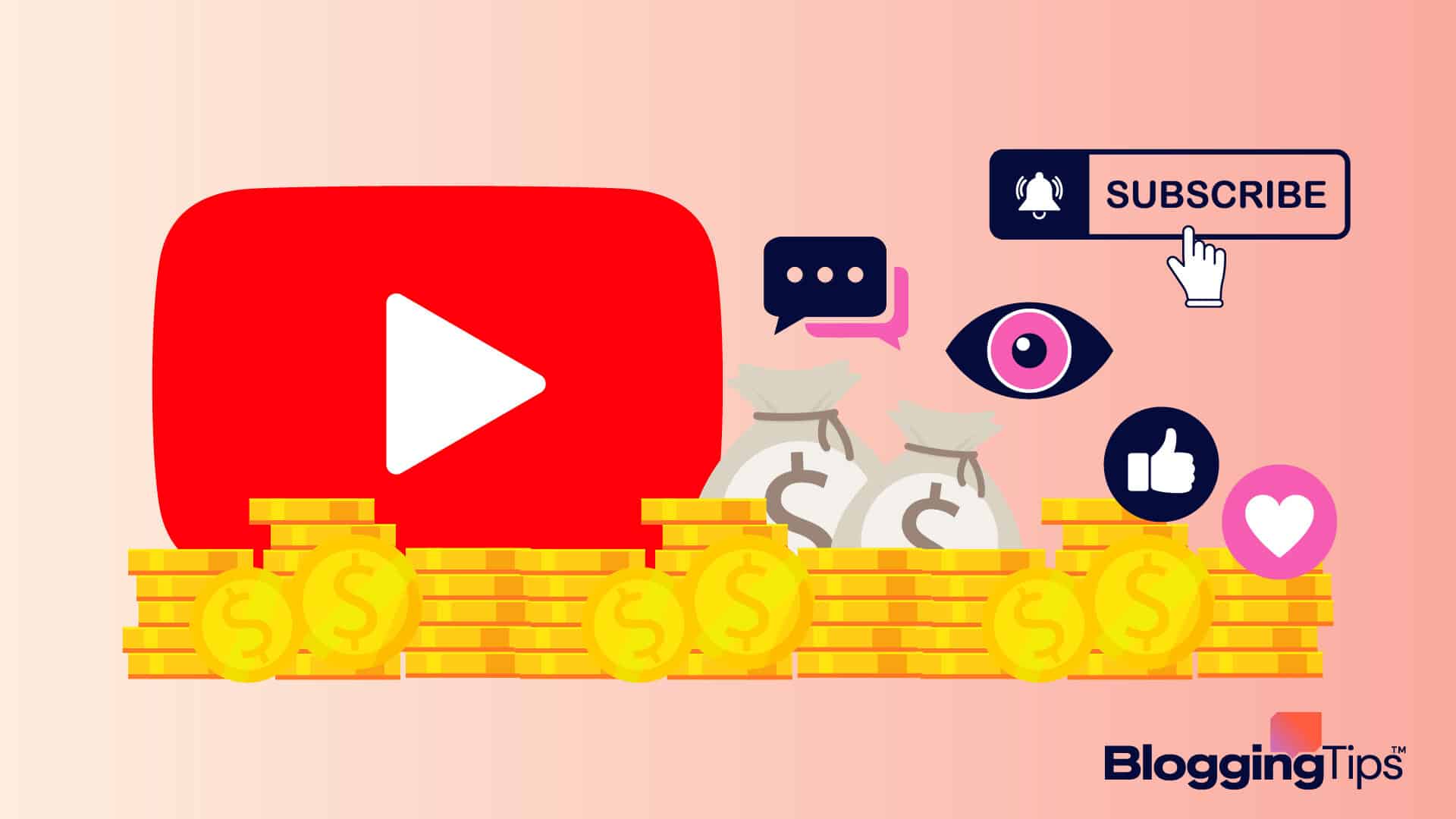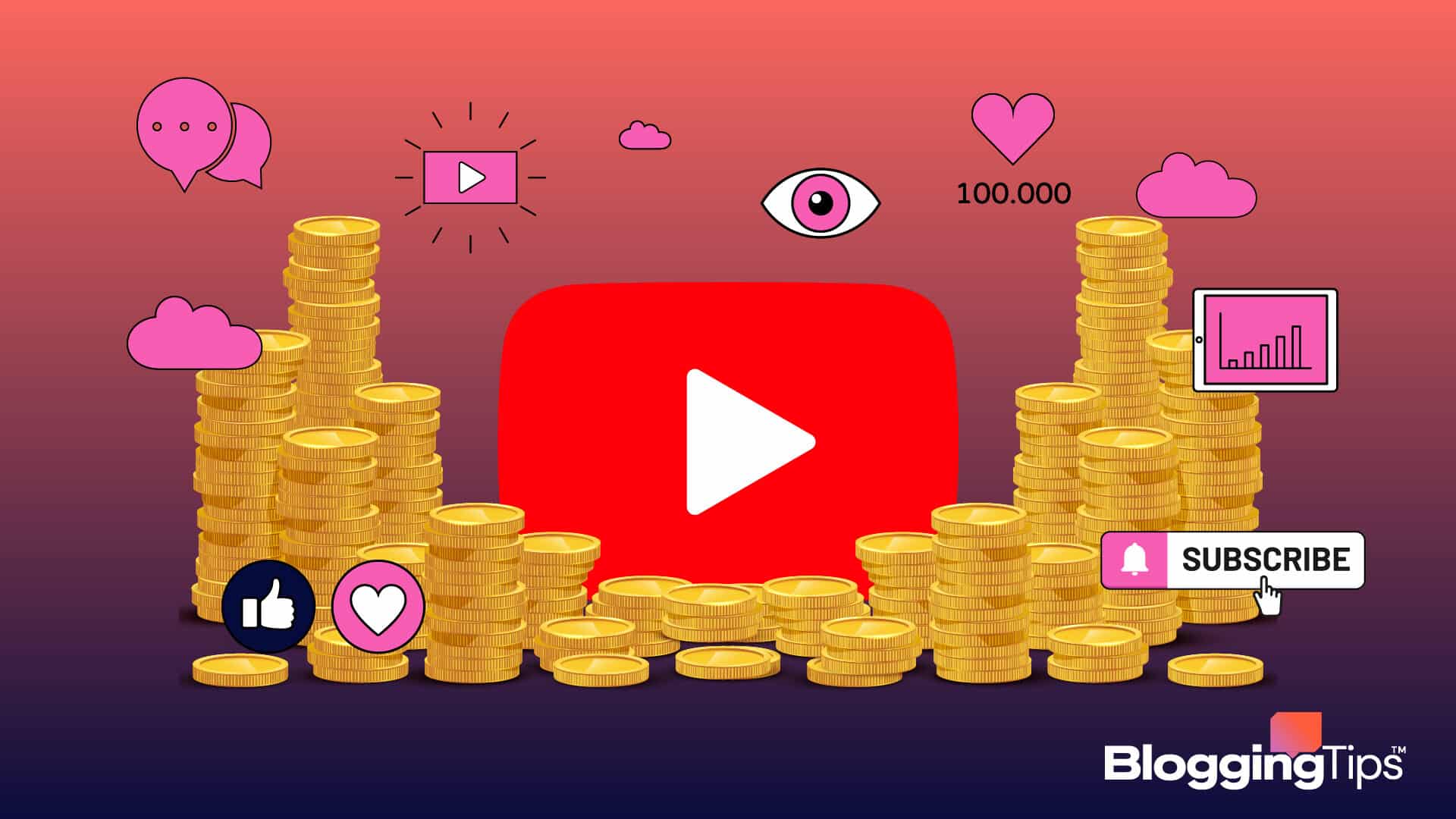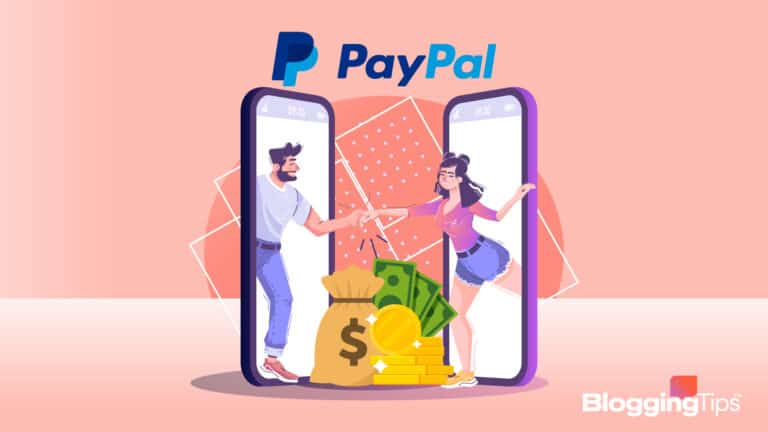You have put a lot of effort into creating multiple videos with interesting content for your YouTube channel.
Hours of your precious time and resources have been invested into learning and mastering YouTube SEO and the YouTube analytics platform.
You have gained an encyclopedic knowledge of how the YouTube algorithm works, and it’s safe to say that you consider yourself to be a bonafide YouTuber.
Now, you want to start earning financial rewards for all your effort.
After all, you keep hearing about successful YouTubers like Graham Stephan, who owns a personal finance channel, earning huge sums like $6 million per year.
So, how did he do it, and how can you start earning cool cash too?
In this article, I will show you how to get monetized on YouTube and what you must put in place before your YouTube account can become a money spinner.
Do You Need 1000 Subscribers On YouTube To Get Paid?
To can only start earning money via ads on YouTube if you qualify for the platform’s Partner Program. To qualify, you must have at least 1000 subscribers (with at least 4000 watch hours in the past year) to your YouTube channel or 1000 subscribers (with at least 10 million public views in the past 90 days) to your YouTube Shorts channel.
Does YouTube Pay Monthly?
YouTube pays adsense earnings monthly. You can track your estimated earnings on the Payments page of your account, and once the month is over, YouTube will paste your revenues for each month to that page to be paid between the 21st and 26th.
What Is Needed To Monetize A YouTube Channel
You will need to secure the following assets before you can start earning big bucks from your YouTube channel.
- Content: You can’t really achieve anything on YouTube without quality content that is interesting enough to attract people in your target audience. No strategy, be it advertisements or influencer marketing, can work without the consistent output of quality content.
- Video-Making Equipment: Good content is useless if it isn’t watchable. Viewers judge a video or YouTube short within the first few seconds; once they discover that they are watching a poorly edited video, they will move on. You can use video editing software tools and even your YouTube Studio tools to finetune your content.
- YouTube Influencers: This can be a game changer for new content creators that want to quickly gain traction by leveraging the success of other established YouTubers in the same niche. The idea is that you will collaborate with YouTubers that already have a large audience to expose your channel to new viewers.
How To Get Monetized On YouTube: Step-By-Step Instructions
Follow the three-step process below to turn your channel into a credible source of income.
- Meet YouTube’s Requirements For Monetization
- Apply To YouTube’s Partner Program
- Explore Other Money Making Opportunities
Step 1: Meet YouTube’s Requirements For Monetization
Most YouTubers make the bulk of their income via YouTube AdSense, but as I mentioned in the FAQ section, you must meet certain requirements before you can qualify for the YouTube Partner Program.
Here are the requirements:
- At least 1000 subscribers on your YouTube channel or YouTube Shorts channel
- At least 4000 hours of watch hours over the past year for a traditional channel
- At least 10 million views over the past 90 days for a YouTube Shorts channel
- An AdSense account that is linked to your channel
- No pending cases of a violation of YouTube’s community guidelines
- A resident of a country that has access to YouTube’s Partner Program
If you are yet to build the required subscriber numbers, you will have to step your content output and YouTube SEO.
Take the time to do detailed keyword research, then place them in strategic places like your Video title, description, and tags to make it easier for YouTube’s algorithm to push your videos in front of the right audience.
Of course, the YouTube video you are creating for that audience must also be something that they would like to watch. Audience research via a customer survey and YouTube Analytics can help you build a holistic picture of the type of people that would be interested in your videos and the types of content they want to see.
You want to know the following about your audience:
- Gender
- Age range
- Geographical location
- Employment status
- Hobbies
- Viewing times (so you know when to post)
- Favorite content formats
With that data, you will be able to understand the preferences better of your audience. Competitor research can also give you more insights.
Step 2: Apply To YouTube’s Partner Program

Once you have reached the required subscriber threshold and other guidelines have been complied with, you can proceed to apply for channel monetization.
Here is how the application process works:
- Log into your YouTube account, then access your YouTube Studio platform
- Click Features > Monetization via the sidebar
- Indicate your consent to YouTube’s Partner Program terms, then link your AdSense account or create a new one
- Indicate your Monetization preferences, then click Start.
It can take up to 30 days for you to get a response from YouTube, and that time should be spent growing your channel and adding new content.
One thing I should point out is that shady tactics can lead to rejection. If you are buying subscribers or uploading content that you do not have the copyright to, YouTube will reject your application.
It can get worse if Google feels that your actions are a gross violation of its policies; your account can be suspended or even terminated.
You will get an explanation if your application is rejected, and even if that happens, you can always reapply after 30 days.
If your application is approved, you will automatically become qualified for AdSense income.
Your profitability will be determined by the growth of your audience and the volume of your content output.
If things go the other way and your subscriber numbers fall below the required threshold or you stop posting content for a period of six months, YouTube will remove monetization from your channel.
Step 3: Explore Other Money Making Opportunities
Ad income is not the only way you can monetize your channel, there are several other ways YouTube creators can earn money on YouTube.
Here are some of the best YouTube monetization options:
- Channel Memberships: if you are 18 years old and you have at least 1000 subscribers, you will be eligible to implement channel memberships. You can restrict exclusive content and benefits to your members in exchange for a period subscription fee.
- YouTube Live: live sessions can be much more engaging than traditional video content. Luckily, YouTube has introduced features like Super Chat, Super Stickers, Emoticons, and even personalized badges that your most loyal fans can purchase and use to set themselves apart from the larger audience during live streams.
- YouTube Premium: subscribers to this service are able to watch ad-free videos on YouTube. The company pays the creator a share of the subscription fee, but it’s not a source of income that is really within your control.
- Affiliate links: this is the easiest way for new content creators to monetize their channel. The idea is that you will recommend products that you can vouch for to your audience and earn a commission when they click your affiliate link to buy the item from the brand’s website.
- Crowdfunding: platforms like Patreon let you create patronage channels where your fans can donate funds to support your work. You can encourage them by offering exclusive content like behind-the-scenes footage to viewers who support you via donations.
- Merchandise sales: this can be very lucrative for established channels with a loyal fan base of people that will be eager to associate themselves with the content creator. You can sell things like clothing, mugs, towels, and other merch decorated with artwork or catchphrases that are commonly associated with your channel.
- Online courses: if you run an educational channel or better still, if you are an established authority in your industry outside of YouTube, you can offer online courses to your members.
- Paid sponsorships: this is another income source that is reserved for established content creators with large audiences. The idea is to endorse brands in exchange for a fee that is usually calculated based on the number of views you are getting on your channel.
Similar Tutorial Types To Check Out
- How To Get More Views On YouTube: this article will help you discover proven strategies that you can use to get your content in front of new viewers on the platform.
- How Edit Videos For YouTube: learn how to make great YouTube videos and discover free and paid tools that will make your work a lot easier.
- How To Find Your YouTube Niche: this article will show you why a scattergun approach is a recipe for disaster on YouTube and how you can identify the right niche and target audience for the type of content you want to create.
Wrapping Up
There are several ways you can monetize your YouTube channel, and the best approach will be to try each monetization method over time until you identify the ones that work best for you.
For new content creators on the platform with small audiences, affiliate marketing, online courses, and crowdfunding are the most viable ways to make money early.
Finally, I recommend setting up a blog to complement your channel. That way, your blog content can serve as a consistent source of inspiration for your video content. You will also be able to promote affiliate links to both platforms.







